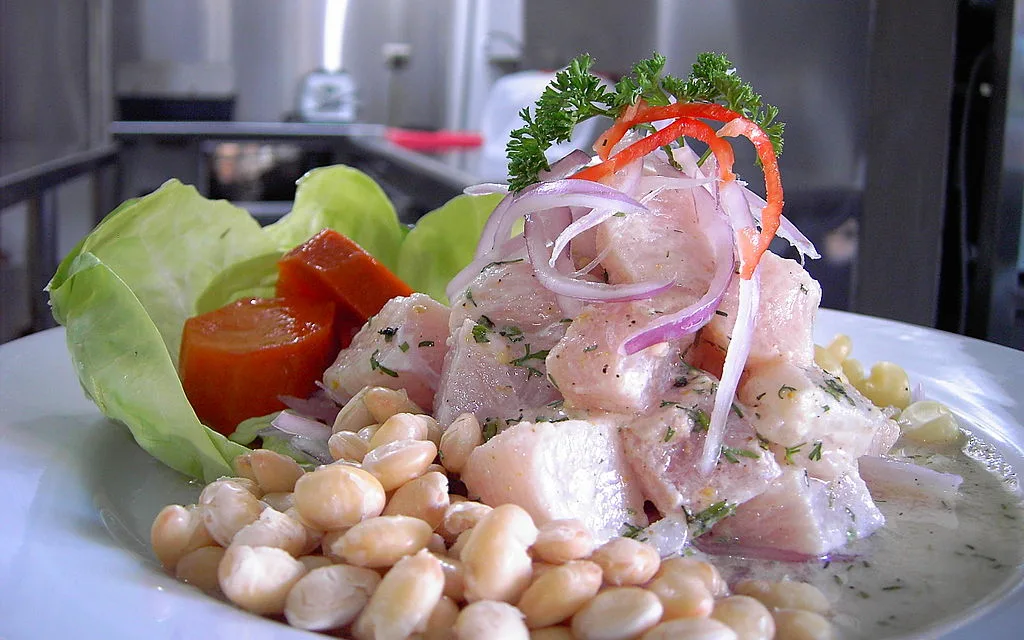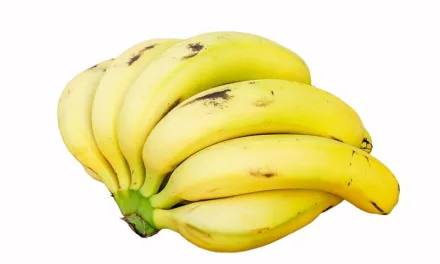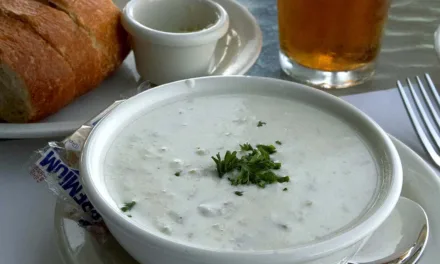Ceviche is a popular seafood dish traditionally made from fresh raw fish cured in freshly squeezed citrus juices, most commonly lime or lemon. Originating from Latin American coastal regions, especially Peru, ceviche is a vibrant and refreshing dish characterized by its combination of fresh ingredients and zesty flavors. Here’s a detailed description of ceviche:
Key Ingredients
- Fish or Seafood: The primary ingredient is fresh, raw fish, such as sea bass, snapper, or tilapia. Variations can include other seafood like shrimp, octopus, or scallops.
- Citrus Juice: Lime or lemon juice is used to “cook” the fish through a process called denaturation, which changes the protein structure without heat.
- Onions: Thinly sliced red onions are commonly added for crunch and a sharp, slightly sweet flavor.
- Chilies: Hot peppers, such as aji or habanero, add a spicy kick to the dish.
- Cilantro: Fresh cilantro leaves provide a burst of herbal freshness.
- Salt and Pepper: Simple seasonings to enhance the flavors.
Preparation
- Marination: The fish is cut into small cubes and marinated in the citrus juice for about 15-30 minutes. The acid in the citrus juice denatures the proteins in the fish, giving it a cooked texture while retaining the raw, fresh taste.
- Mixing: After marination, the fish is mixed with the other ingredients—onions, chilies, cilantro, and seasonings.
- Serving: Ceviche is usually served chilled, often with accompaniments such as corn, sweet potatoes, lettuce, or avocado.
Variations
- Peruvian Ceviche: Often includes aji pepper, cancha (toasted corn), and choclo (large-kernel Andean corn). Sweet potato and seaweed are also common sides.
- Mexican Ceviche: Can include tomatoes, cucumbers, and avocado. It’s often served with tostadas or tortilla chips.
- Ecuadorian Ceviche: Sometimes made with shrimp and served with popcorn or plantain chips.
- Other Variants: Various countries and regions add their own twists with different types of seafood, additional vegetables, and unique spices.
Nutritional Value
Ceviche is generally a healthy dish, high in protein and low in fat. The fresh ingredients provide essential vitamins and minerals, and the citrus juice adds a significant amount of vitamin C.
Cultural Significance
Ceviche holds a special place in the culinary traditions of many Latin American countries. It’s a staple in coastal regions and often enjoyed during warm weather due to its light and refreshing nature.
Overall, ceviche is celebrated for its simplicity, vibrant flavors, and the delicate balance between the acidity of the citrus and the freshness of the seafood.
Image from Wikipedia






Recent Comments